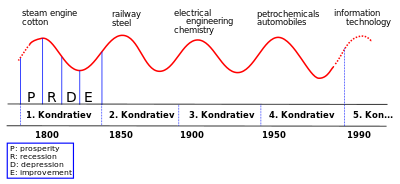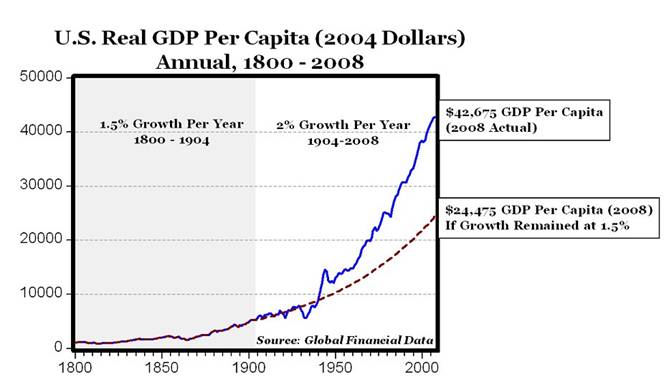Like millions I read the famous book by Allen Carr "Easy way to stop smoking". Like millions, I tought: he has a point. Many quited, but I went on. Now I'v found a secret weapon of mass responsibility, where I can change my behavior for good. The weapon is called Commitment Contract.
UPDATE: it's now over a month since I am without smoking. It was tough, but you just stick with it.
Why Quit?
The consequences of my behavior are well studied:
[ study prolonged over a century]Men born in 1900-1930 who smoked only cigarettes and continued smoking died on average about 10 years younger than lifelong non-smokers. Cessation at age 60, 50, 40, or 30 years gained, respectively, about 3, 6, 9, or 10 years of life expectancy.
This is the current best knowledge:
- Quit before 40 and chances are that your smoking has no consequences.
- Quit before 50 and you shorten your life for -5 years.
- Quit before 60 and you shorten your life for -7 years.
- Don't quit and you shorten your life for -10 years.
Addiction is all about dopamine, a hormone that makes you feel happy. A cigarette gives you a small dose of Nicotine which in turn kickstarts the increase of adrenaline, serotonin and dopamine. You are more aware, more reactive and more happy after smoking. Just a little, not much.
To learn what is good for one-self is crucial for the sophisticated survival machines we are. Therefore a mamals brain learns to seek dopamine rewards. With every cigarette you learn that smoking is good, and the absence of nicotine worries you. The phenomena of withdrawal.
Although the damages it does are way superior to the possible benefits, not everything is bad with smoking: current medicine knowledge is that nicotine helps against alzheimer's and parkinson's. But I also love the nicotine rich tomatoes and potatoes and I started to complete my nutrition with Omega 3 DHA and EPA (makes you smart and protects against the major civilatory deseases like Alzheimer and cardio-vascular deseases).
How to Quit?
Good news: smoking does not provide increasing dopamine returns.
For a binge drinker, every drink augments the desire of another drink.
Even for a chain smoker this is not the case. The craving for a cigarette might not disappear but it certainly does not increase.
 |
| Decreasing Returns The first cigarette is the most wanted. The addiction develops more as a decrease in the inteval between two smokes. |
- Would you give me 100 Euros?
- Would you give me 50 Euros?
- Would you give me 10 Euros?
- ...
There is an amount which you would pay when craving hard. I decided mine is somewhere around 5 to 10 Euros. This is a measure of your addiction.
Hedging against Smoking
If you want to stop smoking you have to make sure that for each cigarette you smoke, you will lose more value than your addiction treshold. For example you can formulate a contract: "I pay 10 Euros for every cigarette I smoke." I did this, but I did more:
- I determined a period for the contract: until 2012-01-01 (Short! Somehow I was not ready for more)
- I convinced a friend to be my referee, I gave him 100 Euros to take under ward.
- I declared in my contract that I have to give 10 Euros to a detestable political organisation for every cigarette I smoke. This is anti-charity. This is admitting we are not homo economicus - it is is for the social animal in us. Donating the money to an anti-charity pushes the commitment from being only a higher price (I pay for it, so I have the right to smoke it) to something that would weaken your identity if you fail.
During the first week I felt the urge to smoke strongly. Sometimes I couldn't sleep well, I was nervous. But it really never came to my mind to smoke a cigarette. Its clear that I do not want to donate to the detestable political organisation. The idea of doing that kept me away from the cigarettes. I've externalized my right to smoke by installing a penalty. If it works for the traffic police it's certainly good for keeping me away from bad habits.
The ideas presented here come from Ian Ayres' Carrots and Stick. The idea is genius but the book is a little bit boring, I'd recommend his other book "Supercrunchers".











